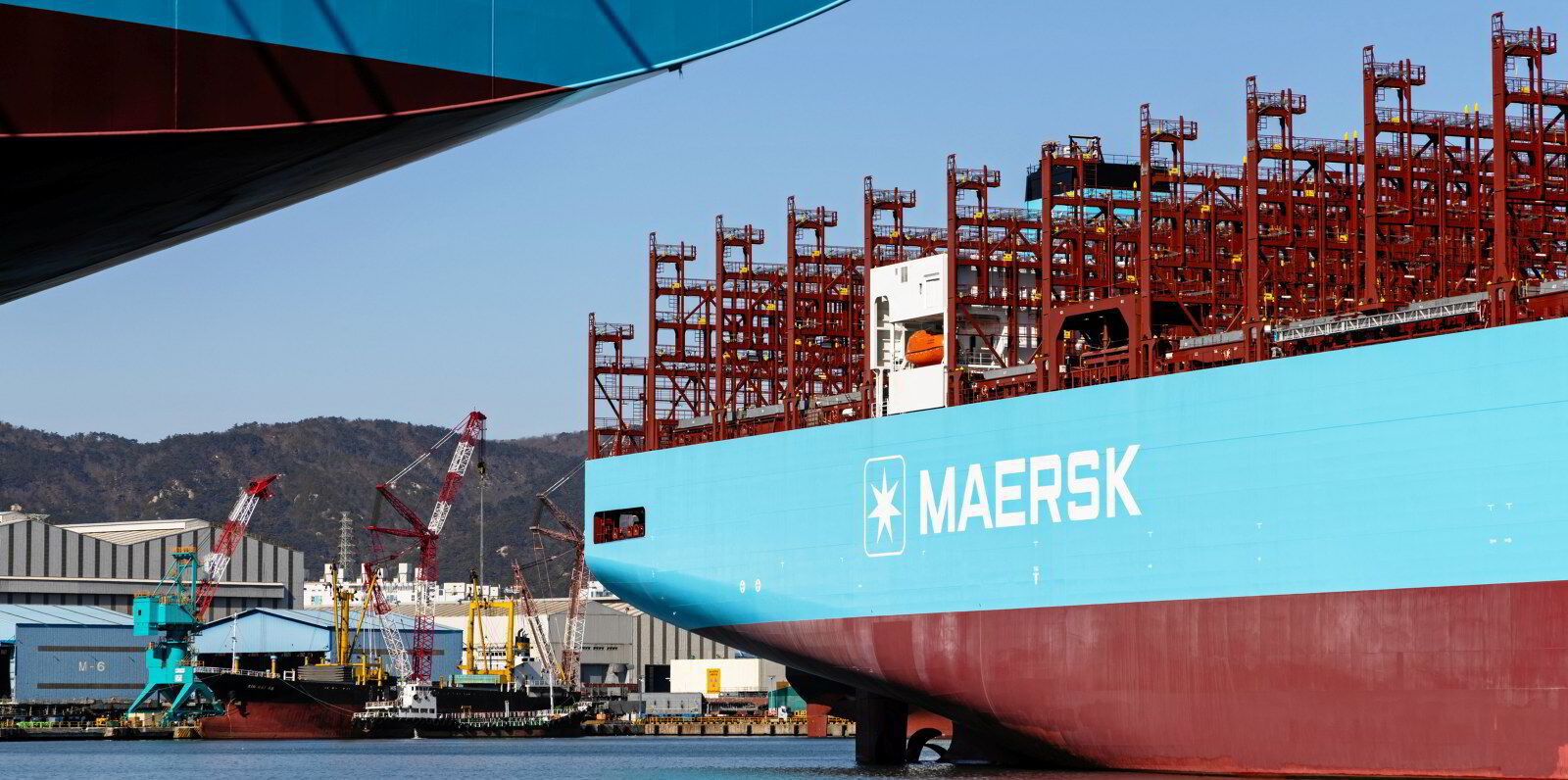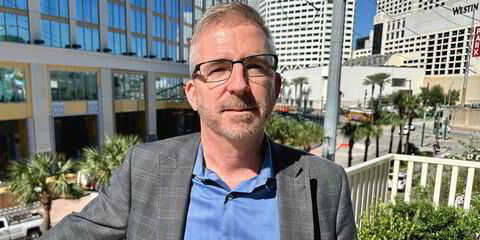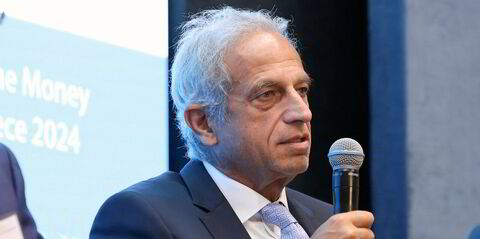Few people expected the current tsunami of container ship newbuilding orders — but it may be just the start.
Shipbroker Braemar has forecast that 600 ships totalling 4.5m teu could be placed for delivery in the four years from 2027 to 2030.
The jury is still out over whether the slew of contracting make sense, given the lingering uncertainty over Red Sea transits.
July saw the highest monthly ordering since March 2021, with 550,000 teu contracted, according to Braemar.
In the past week, MSC Mediterranean Shipping Company, Wan Hai Lines and AP Moller-Maersk added their names to those companies booking dual-fuel tonnage in August.
So far in 2024, 1.5m teu as been ordered — well above what was estimated at the beginning of the year, MB Shipbrokers said.
Continued strong demand for the rest of the year looks set to continue that trend, said the shipbroker, which has raised its full-year estimate to 2.2m teu.
Further container ship contracts announced last week brought the year-to-date total to 157 units of 1.8m teu, according to Clarksons.That is already 17% above the total capacity ordered in all of 2023.
The surge of orders is having an impact on the fleet structure.
The orderbook-to-fleet ratio has begun rising again to more than 20% — albeit still lower than the middle of last year, when it was closer to 28%. It leaves the container orderbook at 660 ships with total capacity of 6.55m teu.

Braemar analyst Jonathan Roach said: “We are seeing container interests increasing their newbuilding investment over the past month or so. This is on top of overcapacity forecasts going forward to 2030.”
He estimates that to keep fleet growth at around 3%, 600 ships of 4.5m teu might be ordered for delivery between 2027 and 2030.
The orders signify another flurry of large ships on the way. One-quarter of those, or 2.58m teu, would probably be 150 larger ships of 14,000 teu or more. A further 750,000 teu would comprise 80 vessels between 7,500 teu and 14,000 teu.
With newbuilding prices so high, it raises the question: Why are lines ordering now for deliveries in three years time?
One clue was given by Maersk chief executive Vincent Clerc, who said last week that his company was ordering now because yard slots were filling up.
Other observers cite the need for economical and efficient new designs to comply with environmental regulations and meet the cost of emissions.
And liner operators are entering a fourth year of booming markets, so they have lots of cash to invest and develop new propulsion choices.
Perhaps the biggest risk remains the uncertainty over what will happen with Red Sea transits.
Many people had assumed that the crisis would be resolved by the end of the year, but that now looks unrealistic.
The risk is that the Suez Canal reopens for liner operators, and newbuildings and redirected vessels are redeployed on a shorter route.
That has not put off lines — including Ocean Network Express, Seaspan, Eastern Pacific Shipping, CMA CGM, SFL and Capital Ship Management — from ordering a batch of dual-fuel methanol/LNG and conventionally fuelled vessels from 8,400 teu to 18,000 teu in the second quarter.
“Perhaps with the Red Sea situation becoming more entrenched, newbuilding decisions are taking on this layer of uncertainty,” Roach said.
If this is combined with “tougher incremental carbon regulations, then ordering more ships is making sense”, he said.






